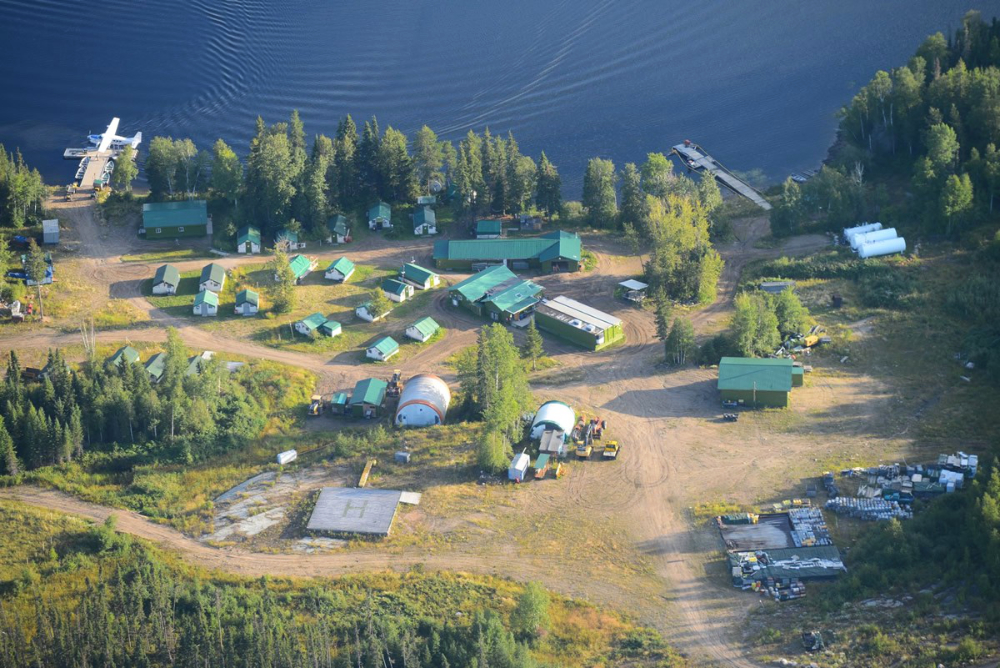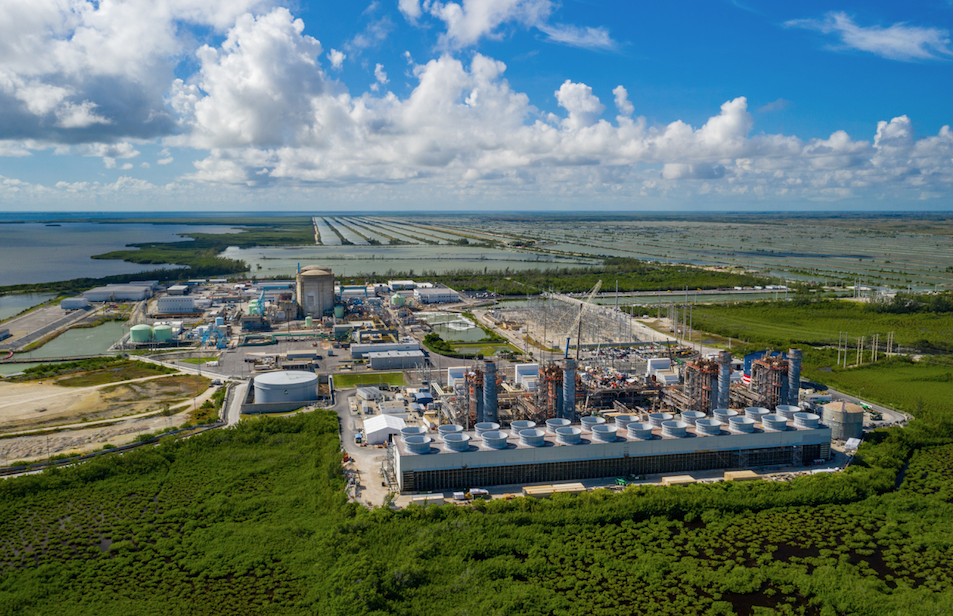First Mining Gold’s Springpole project reaches regulatory milestone

First Mining Gold’s (TSX: FF) proposed Springpole gold mine has passed a key milestone following the receipt of a positive conformity determination from the Impact Assessment Agency of Canada (IAAC) for the project’s final environmental impact statement (EIS).
The Springpole project, located approximately 110 km northeast of the town of Red Lake in northwestern Ontario, represents one of Canada’s largest undeveloped gold projects, containing proven and probable reserves totalling 3.8 million oz.
The deposit lies under a bay of Springpole Lake. The construction plan — currently under the federal environmental review process — involves building dikes and draining the bay to carve out a pit and access the orebody. Once approved, construction of the 30,000 tonnes-per-day open pit mine is expected to begin in 2027.
According to a prefeasibility study from January 2021, primary mining at Springpole is expected to occur for nine years, resulting in average annual production of 335,000 oz. The remaining three years of its 12-year mine life will be used to process lower-grade stockpile, for average annual production of 287,000 oz.
The final EIS, which was submitted Nov. 4, represents the culmination of two and a half years of consultation and engagement since the draft EIS of May 2022. According to First Mining, the report incorporates over 14 years of research and data collection and includes several optimizations completed since the PFS.
“Having received the outcome within 30-days of the final EIS being submitted demonstrates the diligence with which we have approached the assessment work and builds confidence in the regulatory process timelines for the project,” First Mining CEO Dan Wilton said in a news release.
The final EIS now enters the technical review phase, during the company will undertake to collaborate with all parties to address questions and comments. This process is expected to conclude in the fourth quarter of 2025.
First Nations seeking input
Last week, a northwest Ontario First Nation group directly downstream of the proposed mine claimed that the final EIS had been submitted by First Mining without any consultation.
In its statement, the Slate Falls Nation said it has been working on an impact assessment led by the Anishinaabe, the group of Indigenous peoples in the Great Lakes region, but has not had the cooperation of the company in completing the study.
The Nation also said the Anishinaabe-led impact assessment is only partially funded by IAAC, and the remainder of the work is being completed without a funding source.
“We support responsible resource development in our territory,” Delford Mitchell, manager of the Slate Falls Nation lands and resources department, said in a Nov. 26 media statement. “Mineral exploration companies visit our community almost every week, and we’re able to understand each other and build really positive relationships.”
Mitchell pointed out that when First Mining submitted its draft environmental assessment in 2022, it made no mention of Slate Falls Nation.
The company has since refuted the claims as “inaccurate” stating the final EIS report prepared by WSP had included consultation with the Nation.
First Mining recently entered into process agreements with two other Anishinaabe communities –the Cat Lake and Lac Seul First Nations — to support the impact assessment.
More News
{{ commodity.name }}
{{ post.title }}
{{ post.date }}



Comments